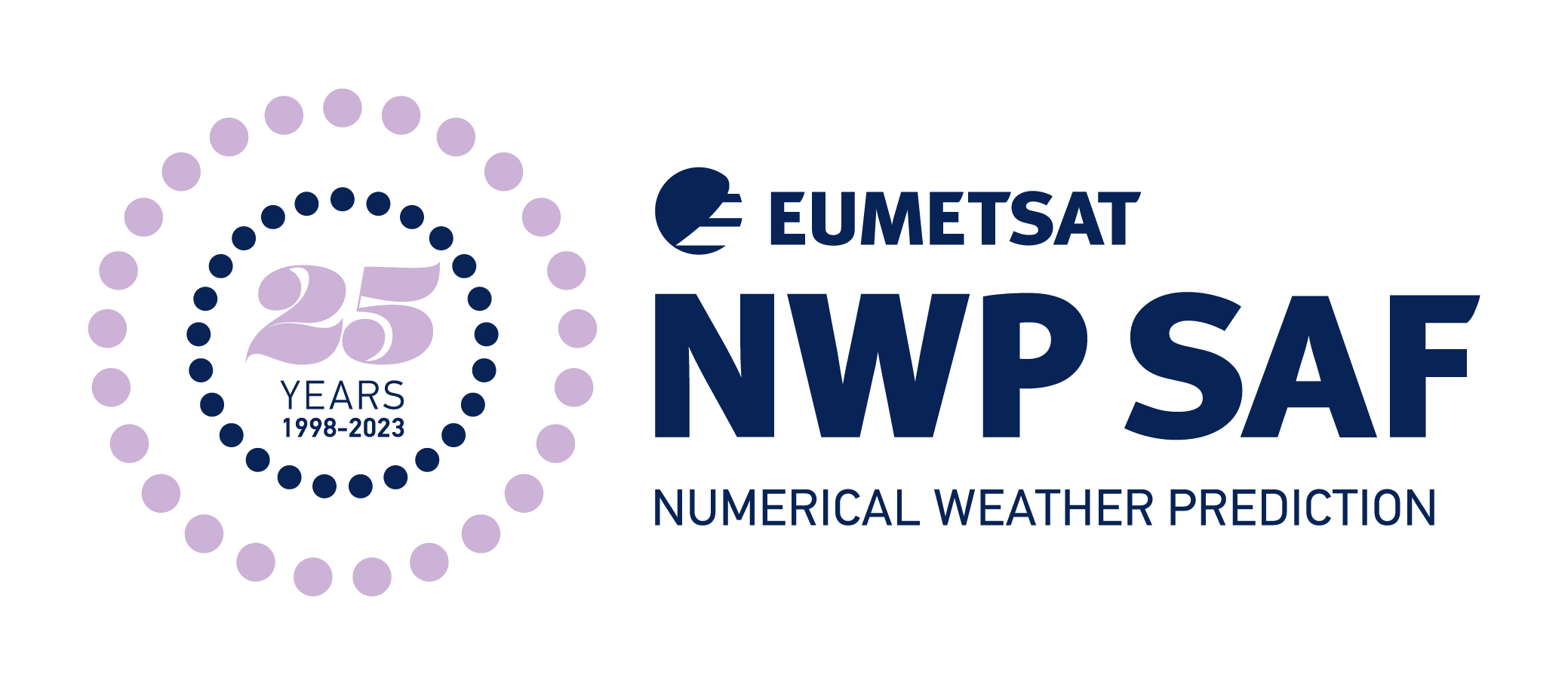Comparison with LBL simulations
RTTOV-LBL comparisons for VIS/IR coefficient files
The plots linked below for each coefficient file show statistics of comparisons of RTTOV radiances with those computed from the line-by-line (LBL) calculations. All plots are for UV/VIS/IR RTTOV coefficients based on LBLRTM v12.8. The comparisons are in terms of brightness temperature (BT) for channels with wavelengths greater than 3 microns and in terms of reflectance for channels with wavelengths less than 3 microns. Simulations are run over the diverse 83 profile set which is used to train RTTOV.
For channels with wavelengths greater than 3 microns there are three types of plot:
The plots in the first row compare RTTOV radiances with radiances calculated using the RTTOV integration of the radiative transfer equation (RTE) applied to the LBL channel-integrated transmittances. This gives an indication of the errors resulting from the optical depth regression and it is these differences which the coefficient training attempts to minimise. For these plots radiances are calculated for zenith angles up to ~65 degrees (the first 6 zenith angle secants used in the training). The RTTOV radiances do not include Planck-weighting for these plots.
The plots in the second row compare RTTOV radiances (with Planck-weighting where applicable) with channel-integrated radiances computed from the LBL transmittances. The LBL transmittances are computed at a spectral resolutiuon of 0.001cm-1 on 101L, and these are interpolated onto the 54L if necessary. For multispectral sensors the transmittances are then averaged at a resolution of 0.1cm-1. The process up to this point is done as part of the coefficient generation. The RTE is solved for these transmittances using the RTTOV integration routine and the resulting radiances are integrated over the channel spectral reponses. This calculation is now done over the first 6 secants used in coefficient training for all sensors, but previously was only done for nadir for hyperspectral sounders: as coefficient files are updated, these old nadir-only statistics will be replaced by statistics for 6 secants. These statistics give an indication of the combined error due to the optical depth regression and the use of polychromatic transmittances in the solution of the RTE.
The plots in the third row compare RTTOV radiances (with Planck-weighting where applicable) with channel-integrated radiances computed by LBLRTM assuming a pseudo-spherical atmosphere. In this case, LBLRTM is run independently of RTTOV at a spectral resolution of 0.001cm-1 and the resulting radiances are integrated over the channel spectral responses. These statistics are calculated for zenith angles up to ~65 degrees, and give an indication of the errors in RTTOV compared to the ideal situation of running the LBL model instead.
For all types of plot, the simulations include contributions from upwelling atmospheric emission and emission from a surface with unit emissivity located at the bottom level of the coefficient pressure profile (1050hPa for 54L coefficients, 1100hPa for 101L coefficients).
For channels with wavelengths less than 3 microns only the first type of plot is produced. The simulations are run for a range of satellite and solar zenith angles with a relative azimuth of 180 degrees. The simulations include contributions from atmospheric Rayleigh scattering and surface reflection assuming a surface BRDF of 0.3/pi located at the bottom level of the coefficient pressure profile (1050hPa for 54L coefficients, 1100hPa for 101L coefficients).
The plots on the left show the average (mean), standard deviation, and RMS differences, between the RTTOV and LBL radiances calculated over the diverse profile set. The right hand plots show the maximum absolute differences (separated out for clarity).
“7gas” (SO2-enabled) coefficients
The optical depth prediction for high (volanic) concentrations of SO2 is less accurate than for other gases. For this reason the statistics for variable SO2 (“7gas”) coefficients show significantly larger errors in the SO2 bands than is seen for other channels and fixed SO2 coefficients. It should be noted that the SO2 optical depth prediction is nevertheless fine for low (background) concentrations and the errors in this case are very similar to coefficients with fixed SO2 (see the RTTOV v13 Science and Validation Report). This should be borne in mind when evaluating the RTTOV vs LBL statistics for 7gas coefficients below. Note also that the v13 predictors exhibit more accurate SO2 optical depth prediction than the v9 predictors for high SO2 concentrations.
Hyperspectral UV/VIS/IR coefficients
v13 predictor 101L variable O3+CO2
|
|
v13 predictor 101L variable O3
|
|
|
|
v13 predictor 101L variable 7gas
|
|
v9 predictor 101L variable 7gas
|
|
Multispectral UV/VIS/IR coefficients
v13 predictor 54L variable O3+CO2
v13 predictor 54L variable 7gas
Comparisons against LBL calculations for MW v13 predictor coef files
The plots linked below for each coefficient file show statistics of comparisons of RTTOV radiances with those computed from the line-by-line (LBL) calculations. Simulations are run over the diverse 83 profile set and the six zenith angles used to train RTTOV.
In the case of MW sensors, there is not a large difference between the comparisons to radiances computed from channel-integrated LBL transmittances, and channel-integrated radiances computed from LBL transmittances. Only the former are shown here.
All statistics below are for v13 predictor 54L variable O3 coefficients.
There are coefficients for a subset of sensors for which measured SRFs are available. The RTTOV vs LBL statistics for these are given below.
The statistics below are for coefficients based on top-hat (box-car) pass bands. These are identical for the same instrument on different platforms.
